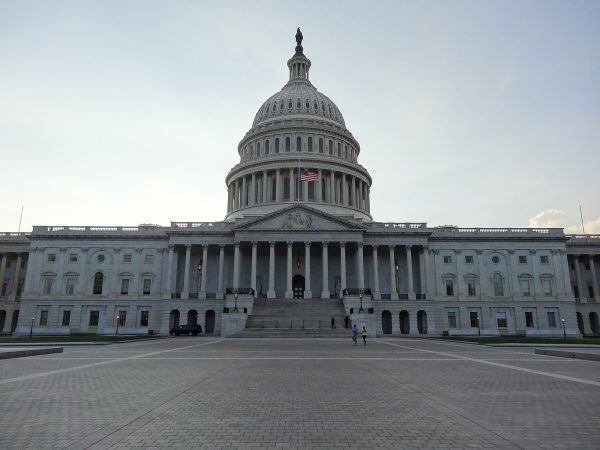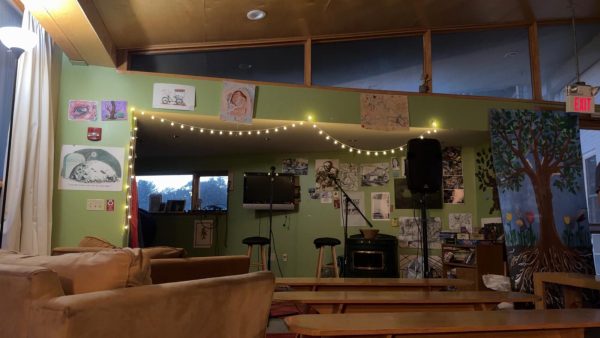Catering Guide, Dining Options Clarified
Director of Dining Services Errol Huffman said Dickinson’s 48-page Catering Guide full of different menu items is, in fact, available to students.
The Dining Hall runs on a cyclic menu that is “designed to provide some continuity while simultaneously addressing the potential of boredom or excessive repetition,” said Huffman. The catering menu displays a wider variety of items all the time, and clients can order any of those items for a particular event. The Dining Hall, however, uses cyclic menus and does not offer the same constant array of options.
Much of the discrepancy is due to practicality and the inherent differences between catering versus dining services. Catering menu options are named with certain types of events in mind, and use “more detail and [upscale]/extended names,” said Huffman. Those names and descriptions are not necessarily appropriate for online menus and line cards that a student would see in the Dining Hall or elsewhere on campus, said Huffman.
“Catered functions rely heavily on the presentation of a menu: the space used, linens, serving equipment, staffing and decorations all add to the distinction of catered events,” said Huffman.
Huffman said that some options not available in the Dining Hall that are presented on the catering menu are typically “prepared snack-foods (appetizers) and are not suitable for daily Dining Hall service.” He said “an important aspect of a successful catering operation is differentiation of products and services from other vendors or from its own food service operations,” which would result in differences between what is offered in the Dining Hall versus what is available at catering events.
However, much of what is available in the catering guide could be recreated in the Dining Hall, said Huffman: they “offer virtually all catering options through the Dining Hall, though it may require a little creativity on the customer’s part to assemble a meal identical to a published catering option.” He explained that Dickinson’s standard catering menu offers the same items that Dining Services uses for the Dining Hall’s cyclic menu, with the same ingredients, recipes and chefs preparing the food.
Huffman also said Dining Services tries to add items from the catering guide during special events, “such as pop-up food specials, the rotating food bars, buffets for Thanksgiving, Winter Holidays and the week of Valentine’s Day,” said Huffman.
Huffman said the Dining Hall’s “cycle menus are created by the Executive Chef for Dining Services [Richie Rice]; he consults with other staff, uses student-feedback from surveys, napkins and student groups, and closely follows national and regional menu and item trends. Menu cycles consider seasonality, local availability and actual consumption by our consumers. Menu items that experience high volume consumption are continued while items with lesser appeal are removed and replaced by new items.”
The full catering guide and menu can be found on the Dickinson College website under Dining Services, Catering. Students may use Flex Points from their meal plan to purchase catering services.




